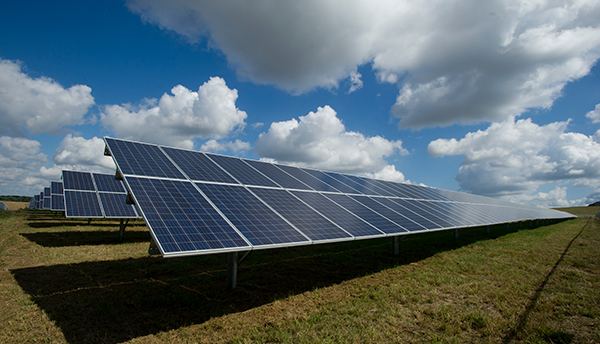How Low Can You Go? Lower Than Ever Before Silicon, the best-known semiconductor, is ubiquitous in electronic devices including cellphones, laptops and the electronics in cars. Now, researchers at the National Institute of Standards and Technology (NIST) have made the most sensitive measurements to date of how quickly electric charge moves in silicon, a gauge of its performance as a semiconductor. Using a novel method, they have discovered how silicon performs under circumstances beyond anything scientists could test before — specifically, at ultralow levels of electric charge. The new results may suggest ways to further improve semiconductor materials and their applications, including solar cells and next-generation high-speed cellular networks. The NIST scientists report their results today in Optics Express. Unlike previous techniques, the new method does not require physical contact with the silicon sample and allows researchers to easily test relatively thick specimens, which enable the most accurate measurements of semiconductor properties. | 




No comments:
Post a Comment